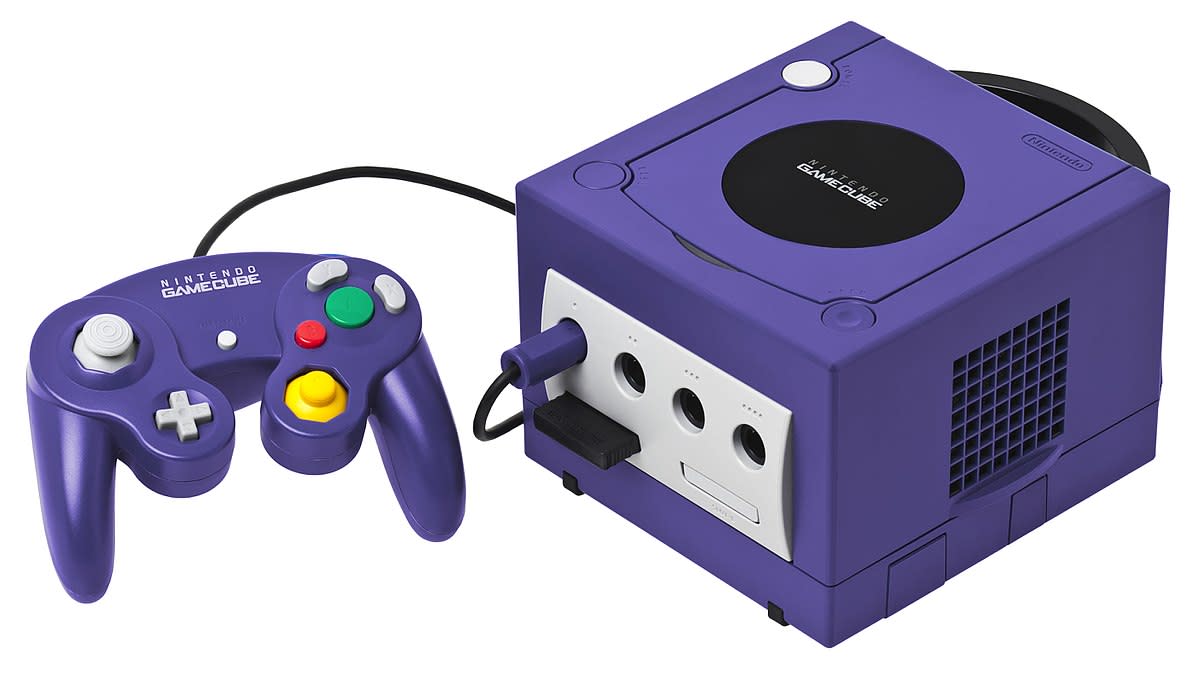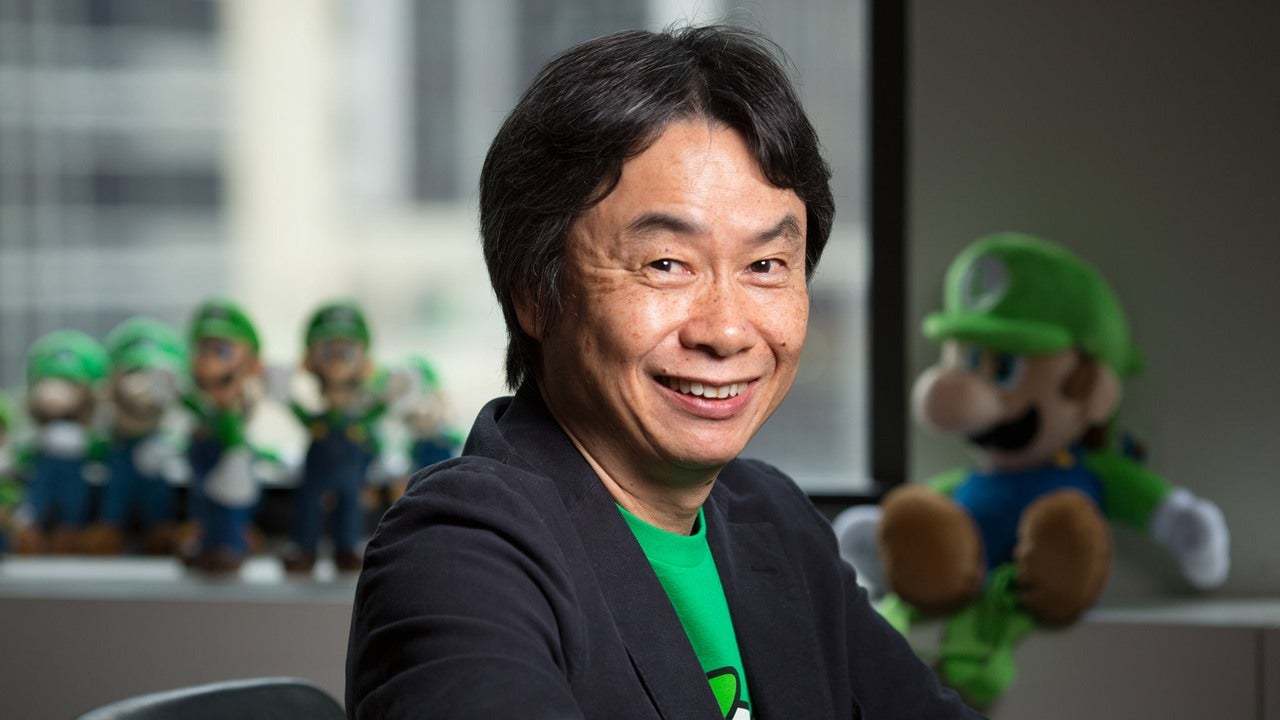GameCube Controller: Misunderstood or a Classic Design?
A gaming hug in your hands, courtesy of Miyamoto

People are often surprised whenever I tell them that the GameCube controller is one of my favourite controller designs ever.
It's just so unashamedly colourful and toy-like. And I get it, that's why people are put off, especially when placed next to a Dual Shock 2.
Above all, I love it because it reflects Miyamoto's design philosophy, a principle he has consistently pursued throughout his entire career - to make gaming fun, to make gaming for everyone.
Gaming for Everyone
Shigeru Miyamoto's commitment to designing for everyone stems from a fundamental belief in the inclusivity of gaming.
Throughout his illustrious career, he has strived to create experiences that transcend age, background, and gaming expertise. His vision goes beyond mere gameplay mechanics; encompassing a broader aspiration to make gaming accessible and enjoyable for a diverse audience.
"I think that inside every adult is the heart of a child. We just gradually convince ourselves that we have to act more like adults." - Shigeru Miyamoto
By designing with everyone in mind, he aims to break down barriers, ensuring that whether you're a seasoned gamer or a newcomer, young or old, his creations provide a welcoming and immersive journey into the world of interactive entertainment.
Don't you think the GameCube controller embodies that philosophy?
I love that there's a gaming device out there embodying Miyamoto's dedication to inclusiveness, making gaming a blast for everyone.

Design Vibes
The wing grip design is not just a look; it's a feel.
In fact, the first time I used the controller, I was shocked at how comfortable it felt. Was Miyamoto secretly watching me? Was it he who held my hands through the night, secretly feeling every contour, every nook and cranny?
Genuinely, I don't think I've ever picked up a controller that aligns so perfectly with my palms and digits before.
And I say this as a PlayStation guy.
Nintendo seemed to tap into some ergonomic magic, as gamers online expressed similar sentiments like, "The grip on the GameCube controller just fits my hands perfectly. It's like they knew."
Featuring an excellent trigger system, it seamlessly blended analogue sensitivity with a precise digital click at the end, creating a satisfying experience for various reasons.
Perfect for those late-night Double Dash and Metroid Prime sessions.
The left "control stick" had geometric gates with eight sides contributing to improved directional accuracy, aiding in the seamless identification of direction while delivering a gratifying tactile experience between each notch.
This is something I miss with the current trend of controller designs. Granularity even while using an analogue stick.
The joystick itself, particularly given the era, boasted superior grip and traction in contrast to the distinctive design of the PlayStation controller.

The ergonomic design not only provided a secure grip, keeping your finger comfortably in place but also accommodated individuals with varying finger lengths due to its ample width.
Featuring an excellent trigger system, it seamlessly blended analogue sensitivity with a precise digital click at the end, creating a satisfying experience for various reasons.
The face buttons maintain their distinctiveness, yet there's a certain indescribable sensibility to them. I find myself preferring if the B button adopted the shape of Y and X, perhaps with a slight shift upward—though articulating exactly why is a bit challenging.
But I'm nitpicking.
The conventional diamond layout of other manufacturers, with four indistinct buttons, especially when X is positioned differently by various manufacturers, can be somewhat problematic, but given time it simply doesn't matter.
The intent was to give buttons size and prominence depending on how often a gamer would press it, and I get that. The "A" button is usually the most frequently pressed, so making it the largest emphasises its significance for the user.
I'd go so far as to say that the face buttons having distinct shapes and colours is an underrated design feature. Are we likely to see Microsoft, Sony or even Nintendo go back to a design language that promotes different button sizes?
Probably not. Regardless, it feels like this controller wasn't just made; it was crafted with the player in mind, thanks to Miyamoto, and every inch of it feels that way.
It did have some problems, however.
No Such Thing As Perfection
Certainly, the GameCube controller wasn't without its quirks.
The handles felt a little too small for my hands. The C-stick did present a learning curve, unfairly reminding me of the little nub that used to feature on laptop keyboards in the 90s.
While the C-stick wasn't as unwieldy, it gave the impression that opting for an additional full control stick would have been a more optimal design choice.

Additionally, the absence of a second Z button posed a limitation in input, although clever software management could mitigate this issue.

The mushy D-pad, a common feature in Nintendo controllers, and the presence of a single, diminutive start button at the centre added to the list of nuances.
Despite these minor imperfections, the overall gaming experience remained largely unaffected, showcasing the resilience of the GameCube controller in delivering enjoyable gameplay.
Miyamoto's Touch: Crafting Perfection in Gaming Hardware
Miyamoto is an advocate for accessibility in gaming. A visionary up there with so many other designers, but there's a sense that Miyamoto is a gamer first, and executive after the fact.
He's Nintendo through and through.
Make no mistake, he was meticulous. Miyamoto and the team at Nintendo didn't just create a controller; they crafted an instrument of joy.
Shigeru Miyamoto designed the GameCube controller in a span of at least three years—the longest he had spent on any controller at that time—with the goal being to accommodate as many people as possible. pic.twitter.com/nhUtStnZjT
— Feed Me Design 🍔 (@feedmedesign_) January 14, 2024
In an interview, Miyamoto shared insights, stating, "We spent three years refining every detail. I wanted a controller that would make everyone feel at home, no matter their gaming style. It's not just a controller; it's a connection to the game."
This commitment to perfection echoes in every aspect of the GameCube controller, making it a timeless piece in gaming history.
As time unfolds, it becomes evident that while the GameCube itself might not be at the forefront of every retrospective conversation, its controller will endure as a cherished relic, a testament to Nintendo's commitment to innovation and enduring gameplay experiences.
There are three controllers that I've used I consider classics. The Dual Shock (in its various iterations), The Dual Sense (My favourite right now), and yes, the absolutely wonderful GameCube controller.
Love it or hate it, it was at the very least, an improvement on the N64 controller. But that's a discussion for another day.




Comments ()